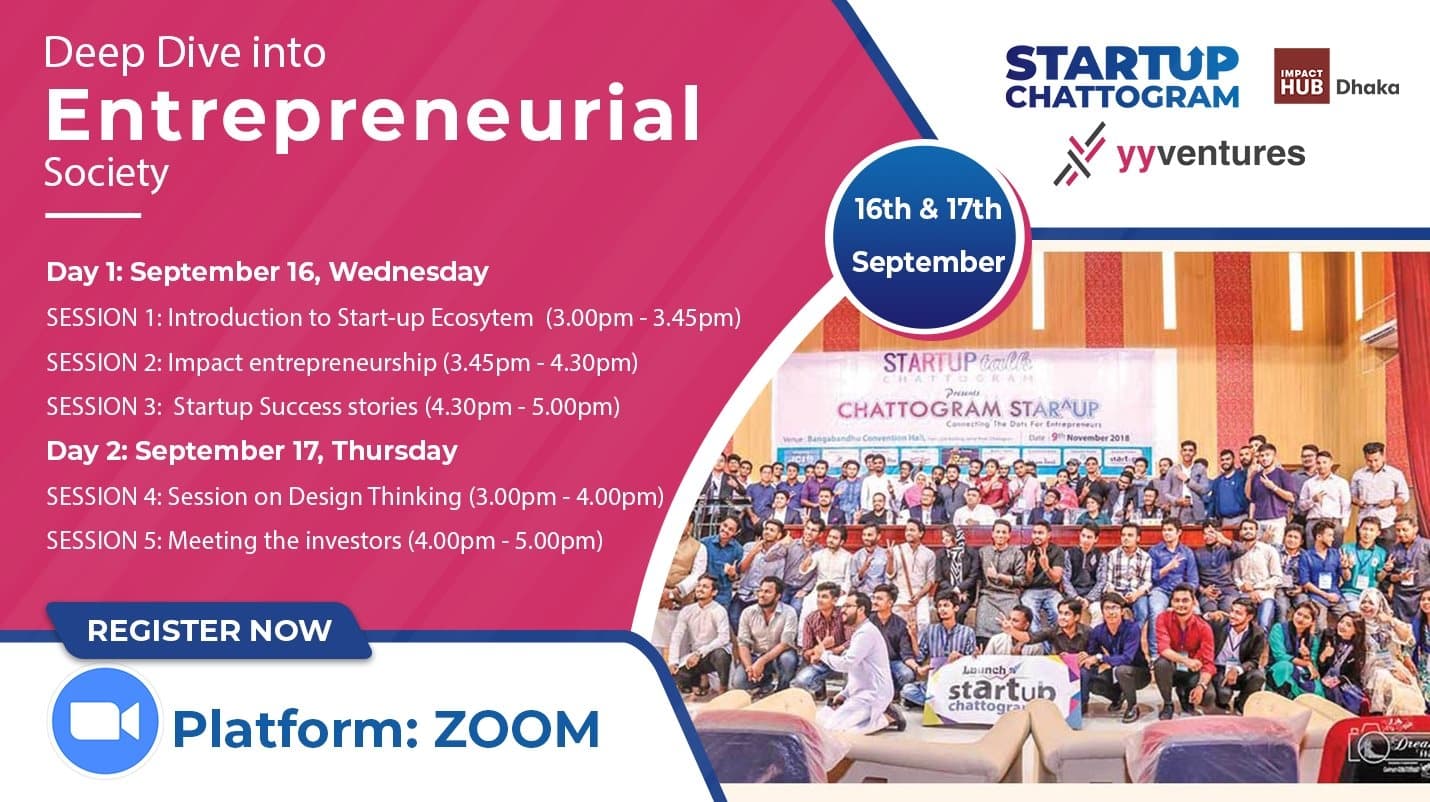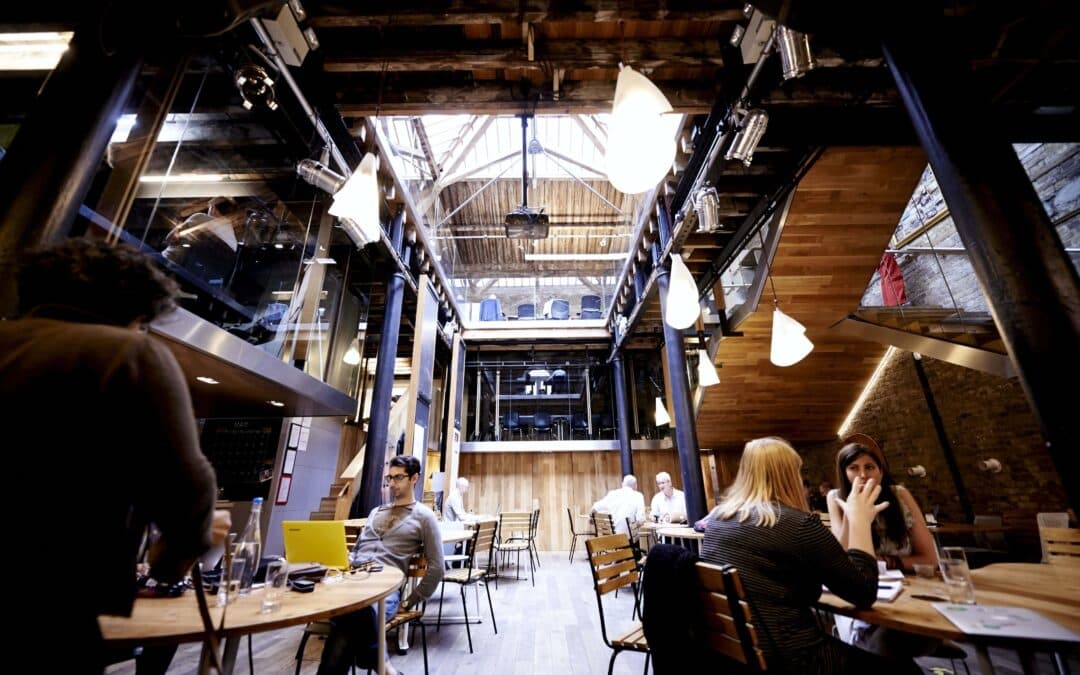
Green Dye: Dyeing a Greener Future with Living Cells
In 2023, a question sparked an unlikely but groundbreaking journey: Can textile colour be produced using living cells?
It was Tanjib Ahmed Omi, then a third-year student at Army IBA, who posed the question to his friend Mahmood Hasan Gahon, a final-year biotechnology student at the time. The idea felt wild, almost too ambitious, but it lit a spark in both of them. Omi had planned to submit a project for the Build Bangladesh Needle Innovation Challenge and reached out to Gahon for support.
In 2023, a question sparked an unlikely but groundbreaking journey: Can textile colour be produced using living cells?
It was Tanjib Ahmed Omi, then a third-year student at Army IBA, who posed the question to his friend Mahmood Hasan Gahon, a final-year biotechnology student at the time. The idea felt wild, almost too ambitious, but it lit a spark in both of them. Omi had planned to submit a project for the Build Bangladesh Needle Innovation Challenge and reached out to Gahon for support.
Gahon agreed, although he was not familiar with the startup ecosystem, venture building, or funding mechanisms. In fact, he did not even know the project had been accepted until they were called in for an interview. That moment became their first real exposure to Bangladesh’s entrepreneurship scene. They were selected for the bootcamp and eventually secured funding to begin research and development.
What followed was a dedicated journey to build a working prototype: a textile dye developed from microorganisms.
The First Threads of Change
The team later brought on Masud Rana, who had hands-on experience with natural dye production and factory operations.
They were trying to solve a problem that was real and needed attention. Bangladesh’s garment industry uses toxic synthetic dyes that are often released into water bodies without following any proper process. These dyes are a major contributor to water pollution and carbon emissions. Omi observed that most factories were not following proper discharge processes or compliance, which concerned him. He began to ask why not replace synthetic dyes with something safer and sustainable.
From Concept to Lab
Turning their concept into reality proved to be difficult. Identifying which bacteria could produce colour and under what conditions was only the first step. Access to lab facilities was a significant hurdle. Most private laboratories in Bangladesh were either too costly or not supportive of student-led research involving live microorganisms.
To make matters more complicated, the specific bacterial strain they needed was not available locally. It had to be sourced from the United States, a process that took four months.
They reached out to professors in hopes of mentorship and lab support, but the majority did not respond. After overcoming numerous obstacles, they were eventually able to temporarily manage a lab through a personal link, where their initial bacterial dye trials showed promise, though without yet being able to be applied to cloth.
Breakthrough and Recognition
A significant breakthrough was made by the team in 2025. For the first time, they were able to successfully apply bacterial dye to fabric with the help and guidance of Mahadi Muhammad Musa, a faculty member at BRAC University. It was not flawless yet, as the dye color uniformity and wash fastness still needed work, but this was a major turning point.
They began participating in competitions to validate their progress and secure further support. Green Dye was named first runner-up at the Orange Corners Ideation Challenge and champion at the Youth Co:Lab Springboard 7.0 (organized by UNDP Bangladesh, Citi Foundation and implemented by Impact Hub Dhaka).
What Makes Green Dye Different
While natural dye has existed for a long time, using microorganisms as a source of dye remains a frontier area. The Green Dye team believes their natural dye work using microorganisms is the first of its kind in Bangladesh.
Their aim is not just to be different, but to be better for the environment, for industry, and for the future.
Currently, compared to synthetic dye, which comes with environmental costs, Green Dye’s natural dye costs around Tk 640 to Tk 700 per unit. The team believes that once Green Dye enters production at scale, its pricing will become even more competitive and accessible to the market.
Looking Ahead
The team is now focused on several next steps. They plan to develop a wider range of colours and improve the washing speed of their dyes. They also want to raise awareness about the harmful effects of synthetic dyes and promote natural dyes and safer alternatives for people.
In addition, they are committed to building a gender-inclusive operation and aim for fifty percent women participation in both research and production roles as they grow.
Their long-term vision is to provide the garment industry with an environmentally responsible alternative to synthetic dye. One that reduces water pollution, lowers emissions, and supports safer practices across the value chain.
Partner for impact today
Whether you're interested in finding cutting-edge solutions, designing impactful programmes, or driving powerful social initiatives, we're here to bring your vision to life. Let's collaborate!
Get in touchYou might also like

Ariful Islam’s Journey: Turning Struggles into Strength

From Losing Everything to Building Something New: Baki Billah’s Journey of Resilience and Renewal
From Losing Everything to Building Something New: Baki Billah’s Journey of Resilience and Renewal
Life in Dhaka was not what MD. Baki Billah had envisioned. Working at a specs shop provided him with a stable income, enough to support his family, but it was far from his dream. Still, it was something he could rely on—until one day, it was no...

Samina Khatun’s Journey: From a Small Loan to a Thriving Dairy Business
Samina Khatun’s Journey: From a Small Loan to a Thriving Dairy Business
In the quiet village of Madla in Shahjadpur, Sirajganj, Samina Khatun’s story stands out as a testament to perseverance and ambition. A few years ago, Samina’s life was far from where it is today. What began as a small operation deliverin...





